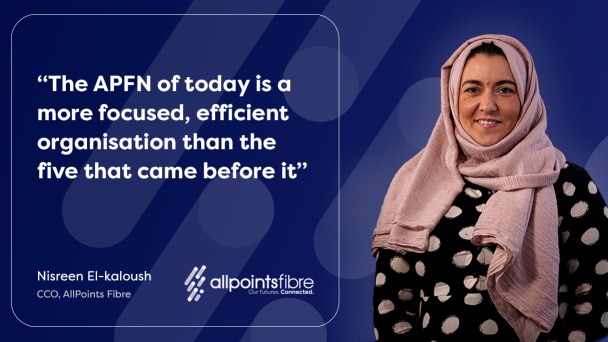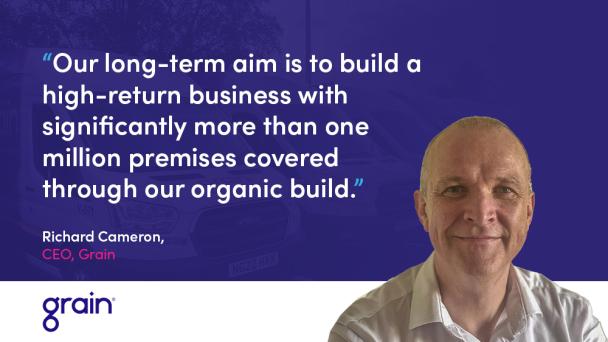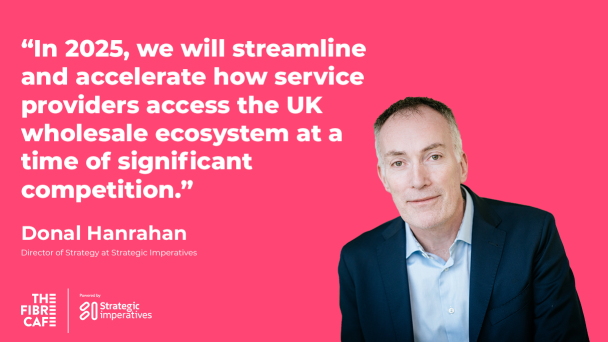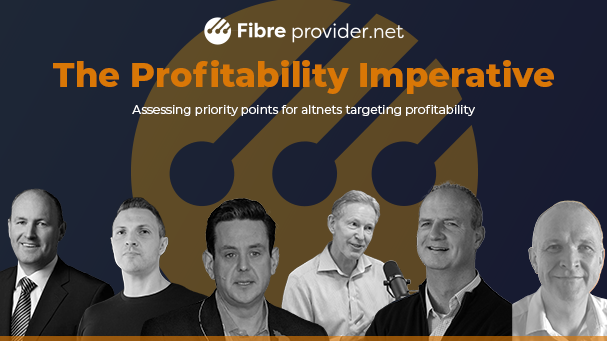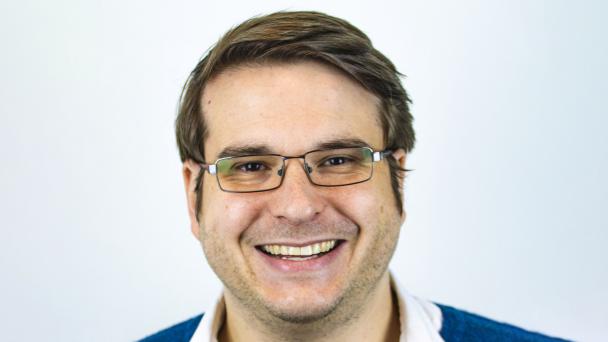
Borderlink Broadband began life in 2017 when Kiwi Alex Cacciamani moved to Duns, Scotland and found himself hamstrung by a lack of good digital connectivity.
The sensible next step – launch a fixed wireless access provider to improve the broadband offering for rural properties in the region.
Fast forward to early 2022 and Borderlink is widening its lens from the Scottish Borders buoyed by a total £174m investment boost from Gresham House.
CEO Alex Cacciamani told Fibre Provider: “Gresham House’s investment is the largest of its kind from their British Sustainable Infrastructure Fund, so this is a real vote of confidence in our business plan and strategy.
“The funding has allowed us to expand our strategy from focusing on the Scottish Borders to a much wider network footprint across Lothian, Angus, Dumfries and Galloway and further afield. It gives us the opportunity to move faster and scale up our network build activities sooner.”
GoFibre, the brand name for Borderlink Broadband’s fibre offering, is in the early phases of its network build, with work in progress across 15 locations and a further 50 in late-stage planning.
The company is now aiming to connect 500,000 homes over the next three years and will create over 200 new jobs across Scotland and northern England to facilitate a rapid scale up plan.
“Our main aim this year is scaling effectively in order to achieve our first year homes passed target and we are due to begin marketing and sales activity at scale imminently. We will not attract customers without establishing ourselves as a credible alternative,” he said.
“We are tapping into the expertise of Gresham House which has a pedigree in investing in scale-up businesses. The relatively young altnet sector can accelerate maturity by leveraging the wealth of knowledge amongst investors as well as continuing to recruit experienced people from a broad range of industries, not just telco.”
GoFibre is working in largely rural areas, serving communities often considered forgotten by larger providers.
Cacciamani added: “We are targeting rural and local areas that we know are likely to be most affected by the copper switch off. However, the logistics of planning rural deployments over long distances and in under-served communities is much harder than building in dense urban environments with long distances to consider, many miles of fibre optic cable needed and multiple stakeholders.
“It’s easy to see that the rural areas are falling behind. More support from government and local authorities is needed to help smaller providers connect these communities, and the Levelling Up agenda goes some way to help address this. Another method could be the alteration of tax subsidies.
“The build back better plans from the UK government has gone some way to help but there needs to be flexibility on fibre tax rates for some areas of the country. Deep rural fibre should be taxed differently than say London as these areas have different commercial returns.”
With an eye on policy moves around subsidies and grants, Cacciamani is keeping the other firmly fixed on its customer base. Cacciamani details the importance of dialogue that teaches the customer about the benefits of altnets and teaches altnets the needs of customers.
“There’s a key role to be played in education around the digital future. Ten years ago we didn’t have any idea about the number of devices we would be connecting to broadband networks, nor the level of streaming and video content that would exist. We must help educate and engage our customers on why it’s so important to future-proof their homes and businesses for what the next 10 years will bring.
“On the other side, there is a clear message from customers that it’s not just about connectivity. It’s about other value added services which complete the full home ecosystem when it comes to all things digital. This helps keeps services for the customer down to a single bill and one point of contact for all things digital support. Altnets will need to think carefully about their offerings to meet customer needs and differentiate from the big players.”
Cacciamani’s background is in IT, mostly architecture, across multiple industries. He moved to London in 2006 and worked with some large multinationals such as British Gas and British American Tobacco, before relocating to Scotland and setting up Borderlink with his wife, Laura.
His strong understanding of networks helps planning and prioritising for Borderlink’s fibre build across a wide landscape.

